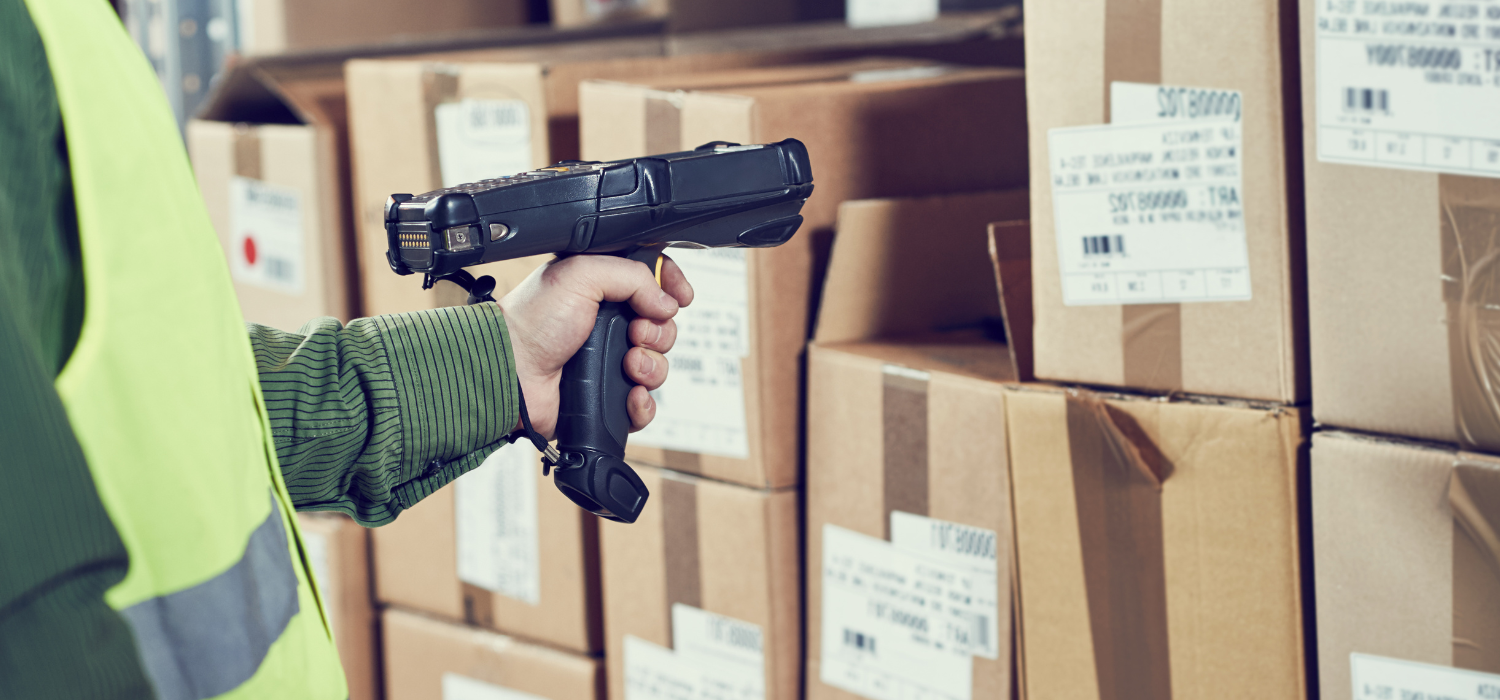When we speak of social commerce, we are referring to the phenomenon of purchasing services or products via social media or the possibility of being directed via these channels directly to an online sales platform.
In fact, social media are now to all intents and purposes to be considered the new touchpoints within the customer journey. The secret of their success is the increased relationship established between brand and customer, as social pages become a direct contact channel to talk to consumers.
Moreover, thanks to social media, even the smallest companies can bring customers – or potential customers – into their world, showing themselves with more originality and sincerity and thus opening up directly to the transaction, which is thus quicker and without friction.
To better understand this phenomenon, however, it is essential to analyse its numbers and trends.
The numbers of social commerce
According to data from eMarketer, in the United States, online purchases through social channels have reached 36 billion dollars, accounting for 4% of the total eCommerce; a figure that rises to 14% if the Chinese market is taken as a reference.
Social commerce in Italy
In Italy, on the other hand, the social channel does not yet seem to have expressed its full potential, but it is experiencing a moment of strong growth, as highlighted by a recent GroupM study that underlines how our country is also preparing to follow the trends of more advanced countries. According to the research, in fact, 64% of users who have discovered products through social networks also declare themselves ready to purchase through the platforms, while 76% of social network users say they have discovered at least one new product or brand thanks to social networks.
The phenomenon has experienced rapid innovation, especially at the end of 2021, with the introduction of new ways of selling online such as Live streaming shopping or Voice shopping, phenomena that we have also explored in this article dedicated to the relationship between eCommerce and new media.
Social commerce customers
The Covid-19 pandemic has led more and more users (47% more in the US alone) between the ages of 16 and 64 to spend their time on social media, thus actually stimulating social commerce not only among the younger generation.
In fact, 50% of Americans who say they have interacted with brands’ social directs whose goal was to sell products or services say they have completed the purchase, while 44% of global shoppers say they have already purchased from a social platform.
The trends of the phenomenon
According to Kantar, a leading insights, consulting and data management company, there are four social commerce trends to watch out for in the near future.
1. Social commerce will increasingly expand to new product categories
According to Kantar and McKinsey data, the sector driving the social commerce phenomenon today is fashion, with a share of 35.6%. This is followed by Beauty (7.6%); Fresh Food (7.4%); Consumer Electronics (4.6%); Furniture and Home Decor (3.6%) and, finally, Automobile and Gifting Experience (0.2%). More and more sectors, however, will approach this innovative sales method.
2. An increasing variety of formats and contents will spread
In the near future, the choice of influencers will make all the difference, as they will be increasingly decisive for a successful social commerce strategy. So-called ‘creators’, i.e. users who enjoy a large following on social media and whose recommendations can become powerful sales catalysts, help to reach the desired audience more easily and thus increase sales. In fact, according to Deloitte’s recent report on digital media trends, one third of online users in the US say that influencers are actually able to influence their purchasing decisions; a figure that rises to 79% in China and even 88% in Brazil.
3. There will be more and more data available to brands about consumers and prospects
Data plays a key role in refining social commerce tools and strategies and, consequently, increasing sales. According to GroupM data, live streaming, stories, reels, videos and posts are achieving conversion rates of 65% (live streaming), 46% (stories), 42% (reels) and 39% (videos).
4. The choice of social platforms to use for one’s social commerce activities will be more and more strategic in order to achieve one’s goals
Instagram and Pinterest are now the most relevant channels for brands wishing to do social commerce, but the growth of the phenomenon also on Facebook and especially on TikTok should not be underestimated.
5. Social commerce will help reduce the number of returns
Technological innovation plays an increasingly important role in reducing the environmental impact of reverse logistics. In fact, according to Kantar, social live stream shoppers are 50% less likely to return an item than other online shoppers as live streams and direct contact with brands help to alleviate doubts and better inform shoppers. In this way, buyers are more aware and convinced of their choices and therefore have less incentive to return the chosen product.






